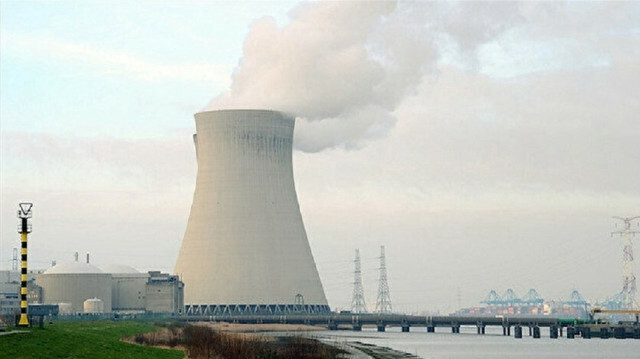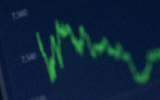
Following post-Fukushima nuclear phase-out since 2011, Japan moves to switch reactors back on
After the 2011 Fukushima disaster prompted Japan to reduce its nuclear power generation to as low as 1% of total output, the country is now gearing up to bring more of its reactors back online.
Japan currently has 54 reactors and 17 nuclear power plants, with an installed nuclear power capacity of 48.8 gigawatts.
However, it gradually shut down reactors after Fukushima, with the share of nuclear in total power generation falling to as low as 1% in 2015 from about 30% before the incident.
As reactors were later switched back on, this rate increased to 4% in 2020 and 6% in 2021, with plans to make it 22% by 2030.
As of this year, 10 reactors are actively producing electricity, with plans to raise this number to 17 by summer 2023.
A new 1.2-gigawatt advanced light water reactor, called SRZ-1200, is scheduled to be commissioned in the mid-2030s.
- Fossil fuel-based electricity
Japan generated a total 1,019.7 terawatt-hours of electricity in 2021.
Of this, 326.1 terawatt-hours came from coal, while 301.9 terawatt-hours were from natural gas. Renewables generated some 207.9 terawatt-hours, with oil providing 31.3 terawatt-hours and other sources 91.3 terawatt-hours. Nuclear energy generated 61.2 terawatt-hours.
In its 2021 national strategic energy plan, Japan projects that nuclear and renewable energy in 2030 will generate a greater share of its electricity, while fossil fuels will produce less.
Besides its 22% target for nuclear power, the country aims to expand the share of its renewables to 38%, while shrinking that of LNG to 20%, coal to 19%, and oil to 2%.
Among renewables, the target for solar is to provide 15% of total generation, hydropower 11%, wind and biomass 5% each, and geothermal 1%.
- Growing dependence on Australia
Due to the Fukushima disaster and subsequent problems in energy supply, Japan began to meet a large part of its LNG and coal needs from Australia as it turned back to fossil resources.
Imported coal and LNG today make up most of the electricity the Asian industrial giant generates.
Last year, Australia exported the most LNG to Japan, providing roughly 40% of its total imports -- 101.3 billion cubic meters -- from just 24% over the past decade.
In coal, Australia provided 65% of Japan's 186 million tons of imports. This share is expected to rise further as Australia replaces the coal Japan imports from Russia, which Tokyo announced it plans to gradually reduce amid the war in Ukraine.
Hello, the comments you share on our site are a valuable resource for other users. Please respect other users and different opinions. Do not use rude, offensive, derogatory, or discriminatory language.
The floor is all yours.








